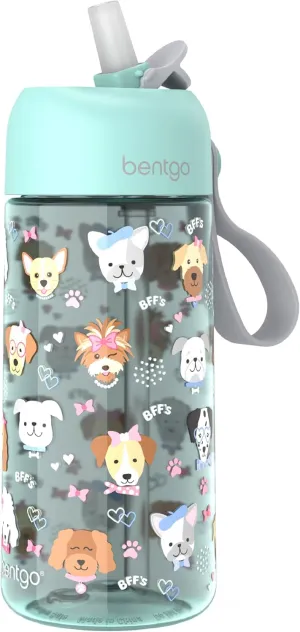- Handcraft from Mahogany
- US Naval Aviator Owned Business
- Highly detailed with minimal decals
- Matched against historic photos
- Heirloom Pieces
F-35 Lightning II PVC Shoulder Patch - Hook and Loop
Fans and collectors! Enjoy this incredible F-35 Lightning II PVC Patch. You'll love sporting this Zeus patch that glows in the dark!
3.5" inches/PVC/Glow in the Dark
With Hook and Loop
US Veteran-Owned Business
LOCKHEED MARTIN, F-35 LIGHTNING II, associated emblems and logos, and body designs of vehicles are either registered trademarks or trademarks of Lockheed Martin Corporation in the USA and/or other jurisdictions, used under license by Squadron Nostalgia LLC
The Lockheed Martin F-35 Lightning II is an American family of single-seat, single-engine, all-weather stealth multirole combat aircraft that is intended to perform both air superiority and strike missions. It is also able to provide electronic warfare and intelligence, surveillance, and reconnaissance capabilities. Lockheed Martin is the prime F-35 contractor, with principal partners Northrop Grumman and BAE Systems. The aircraft has three main variants: the conventional takeoff and landing (CTOL) F-35A, the short take-off and vertical-landing (STOVL) F-35B, and the carrier-based (CV/CATOBAR) F-35C.
The aircraft descends from the Lockheed Martin X-35, which in 2001 beat the Boeing X-32 to win the Joint Strike Fighter (JSF) program. Its development is principally funded by the United States, with additional funding from program partner countries from the North Atlantic Treaty Organization (NATO) and close U.S. allies, including the United Kingdom, Australia, Canada, Italy, Norway, Denmark, the Netherlands, and formerly Turkey.[5][6][7] Several other countries have also ordered, or are considering ordering, the aircraft. The program has drawn much scrutiny and criticism for its unprecedented size, complexity, ballooning costs, and much-delayed deliveries.[8][N 1] The acquisition strategy of concurrent production of the aircraft while it was still in development and testing led to expensive design












